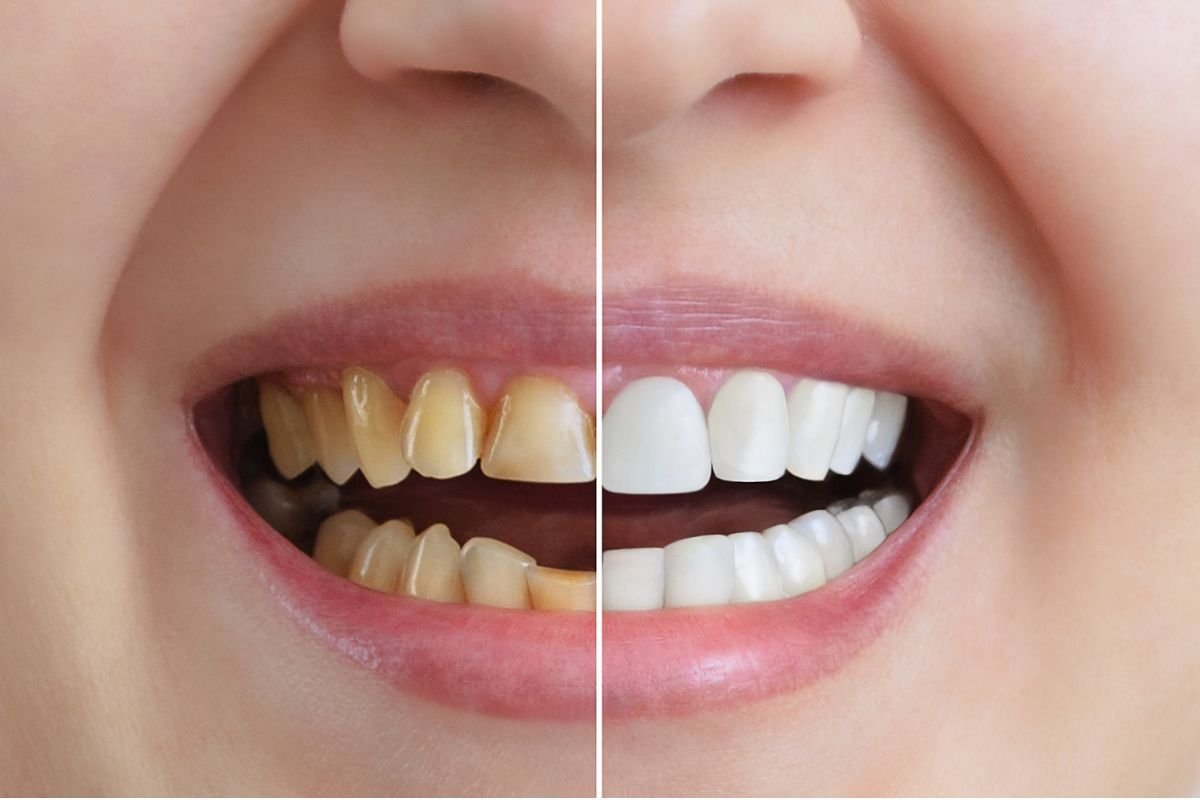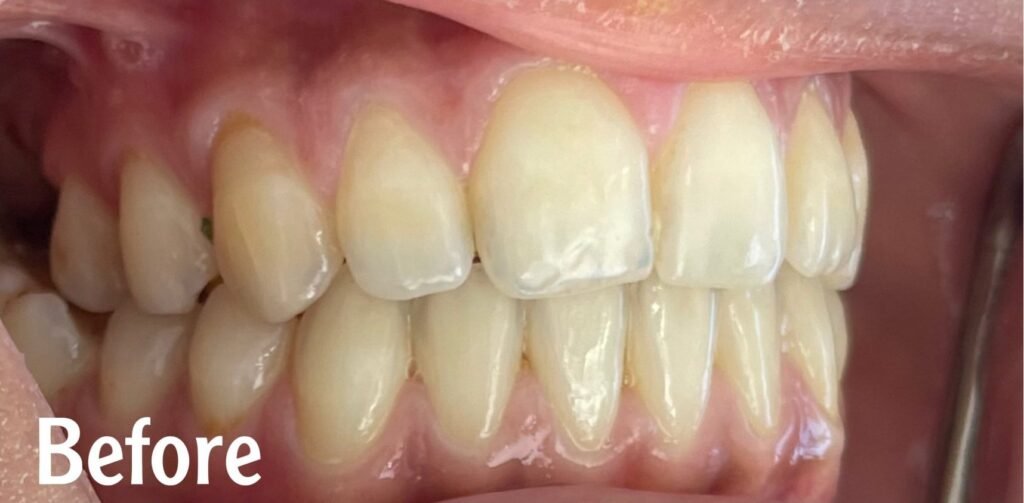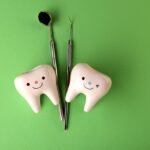There are several methods of teeth bleaching available, ranging from professional treatments done by a dentist to over-the-counter products you can use at home. Here’s a breakdown of the most popular options:
Professional In-Office Whitening:
Procedure: This is performed by a dentist in a clinical setting. The dentist applies a bleaching agent to your teeth and may use a special light to enhance the bleaching effect. Professional whitening is usually completed in one visit, lasting about an hour.
Advantages: It’s the fastest and most effective method for immediate results. Since it’s supervised by a professional, it’s safer for those with sensitive teeth.
Results: Teeth can be lightened by several shades in just one session.
At-Home Whitening Kits from Dentists:
Procedure: Dentists may also provide custom-made trays and bleaching gels for home use. You wear the trays, which are filled with the gel, over your teeth for a specific period (usually a few hours a day or overnight).
Advantages: More affordable than in-office treatments and offers convenience since you can whiten your teeth in the comfort of your home.
Results: You can expect noticeable results after a few days to weeks, depending on the product strength and frequency of use.
Over-the-Counter Products (less recommended):
Procedure: There are various over-the-counter products like whitening strips, gels, pens, and toothpastes. These products usually contain a lower concentration of bleaching agents than professional treatments.
Advantages: These products are easy to find, inexpensive, and easy to use.
Results: Results can take longer to appear compared to professional treatments, and they may not be as dramatic. However, they can still help maintain a bright smile.
Natural Remedies (not recommended):
Procedure: Some people turn to natural methods like baking soda or activated charcoal to whiten their teeth. However, these methods are not clinically proven to be as effective as other bleaching treatments.
Advantages: Natural remedies are typically inexpensive and readily available.
Results: Results vary greatly depending on the method used, and some methods may lead to enamel erosion or other oral health issues if used too frequently.
How Does Teeth Bleaching Work?
The main ingredient in most teeth whitening products is either hydrogen peroxide or carbamide peroxide. These agents work by breaking down into smaller particles that penetrate the enamel and remove stains from the teeth. The bleaching process can take anywhere from a few minutes to an hour, depending on the strength of the product and the method used.
It’s important to note that teeth bleaching works best on yellowish stains, which are usually caused by food and drink. Brown or gray stains may be harder to remove. Additionally, teeth that are discolored due to decay or damage may not respond well to bleaching.
Is Teeth Bleaching Safe?
When performed correctly and under professional supervision, teeth bleaching is generally safe. However, there are some considerations and potential risks to be aware of:
Tooth Sensitivity: One of the most common side effects of teeth bleaching is temporary tooth sensitivity, especially to hot or cold foods. This is generally mild and fades once the bleaching treatment is completed.
Gum Irritation: Sometimes, bleaching agents can irritate the gums, leading to redness or soreness. It’s important to avoid the gel touching the gums during the procedure.
Enamel Damage: Overuse of bleaching products or improper application can cause enamel erosion, which may lead to weakened teeth. Using too much pressure or bleaching too frequently can also have a damaging effect.
Not Suitable for Everyone: Teeth bleaching is not recommended for children under the age of 16, pregnant or breastfeeding women, or individuals with sensitive teeth or gum issues. It’s best to consult with a dentist to determine if you’re a good candidate for teeth whitening.
How Long Do the Results Last?
The results of teeth bleaching can last anywhere from a few months to up to a year, depending on your diet and lifestyle. To maintain your bright smile, consider limiting stain-causing foods like coffee, tea, and red wine. Regular dental hygiene practices like brushing and flossing, along with occasional touch-ups, will also help extend the effects of bleaching.
Why Choose SN Clinic for Whitening?
- Instantly improves smile aesthetics
- Removes stains from coffee, tea, or smoking
- Quick and non-invasive procedure (30–60 minutes)
- Laser whitening and in-office bleaching available
- Boosts self-confidence with visible results
Learn how professional whitening differs from over-the-counter options on the American Dental Association website.
Frequently Asked Questions
- Is teeth whitening safe?
Yes. When performed by professionals, it’s safe and approved by dental associations worldwide. - Will it cause sensitivity?
You may feel mild sensitivity for 1–2 days. We provide solutions to manage it. - How long do results last?
With good care, results can last 6–24 months. Avoid smoking and dark beverages.






